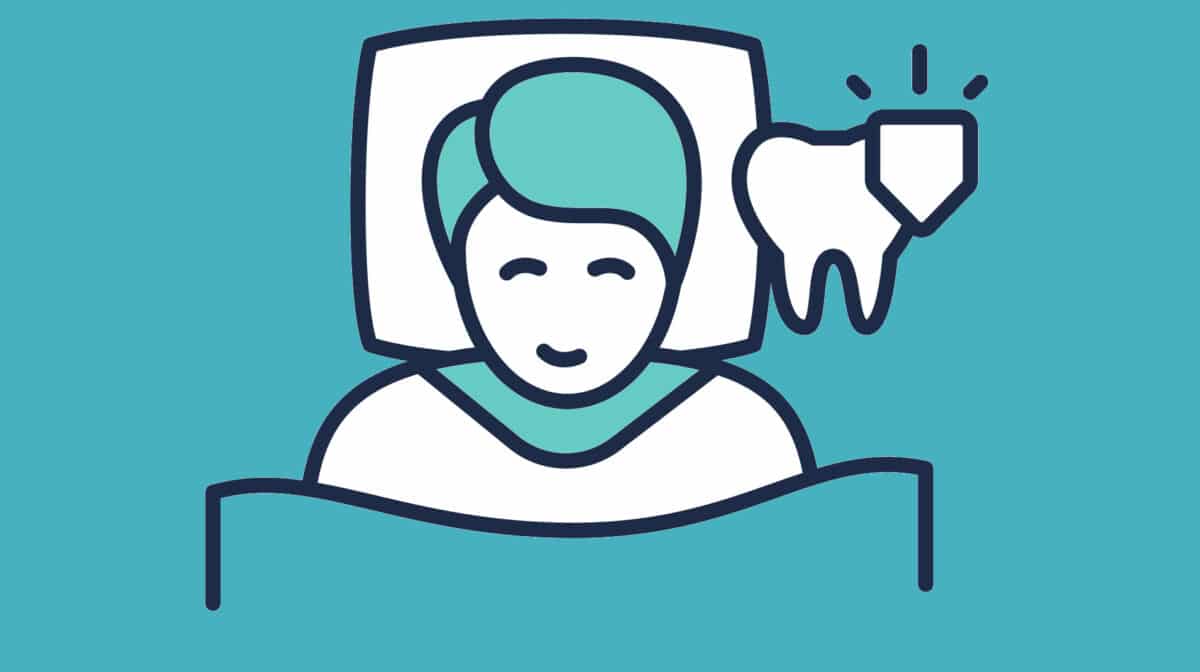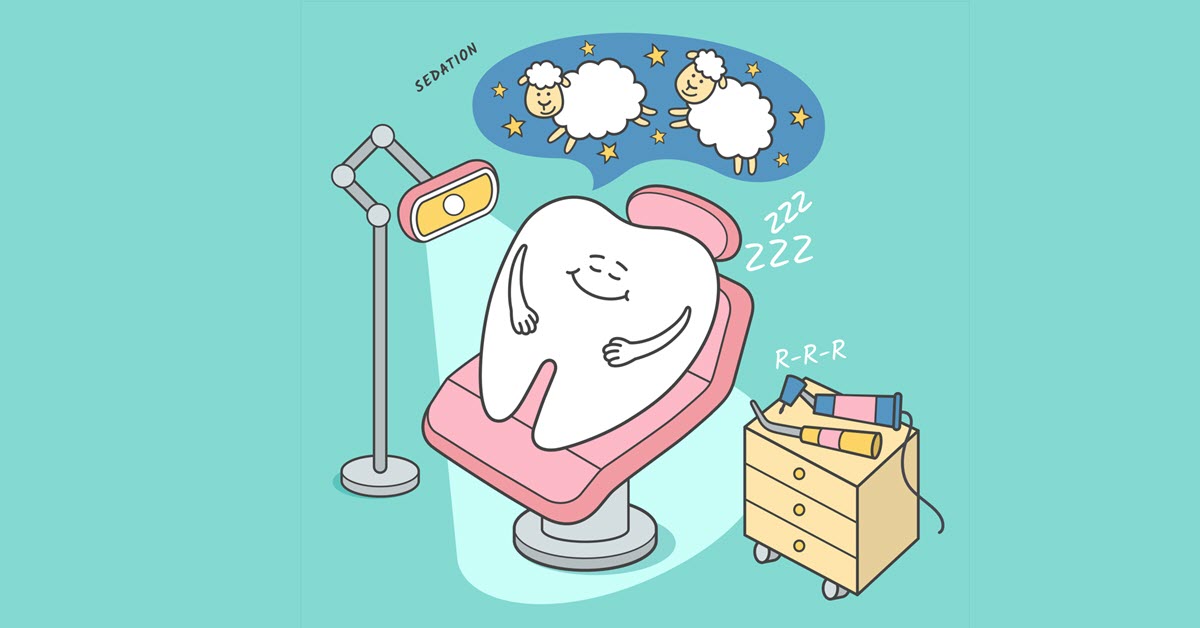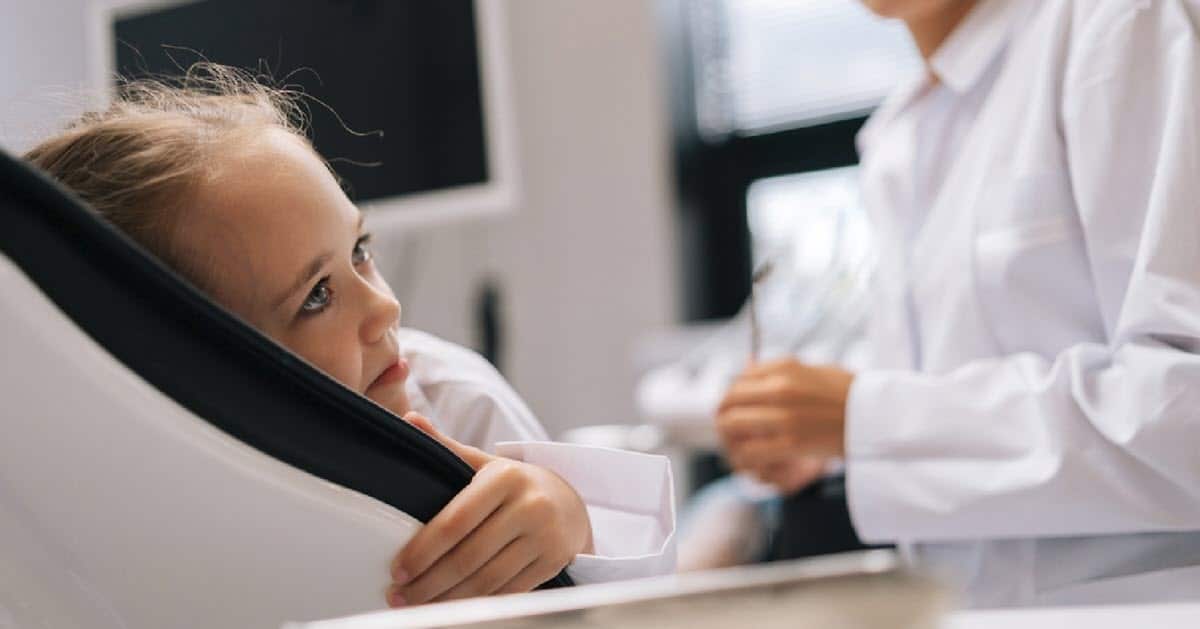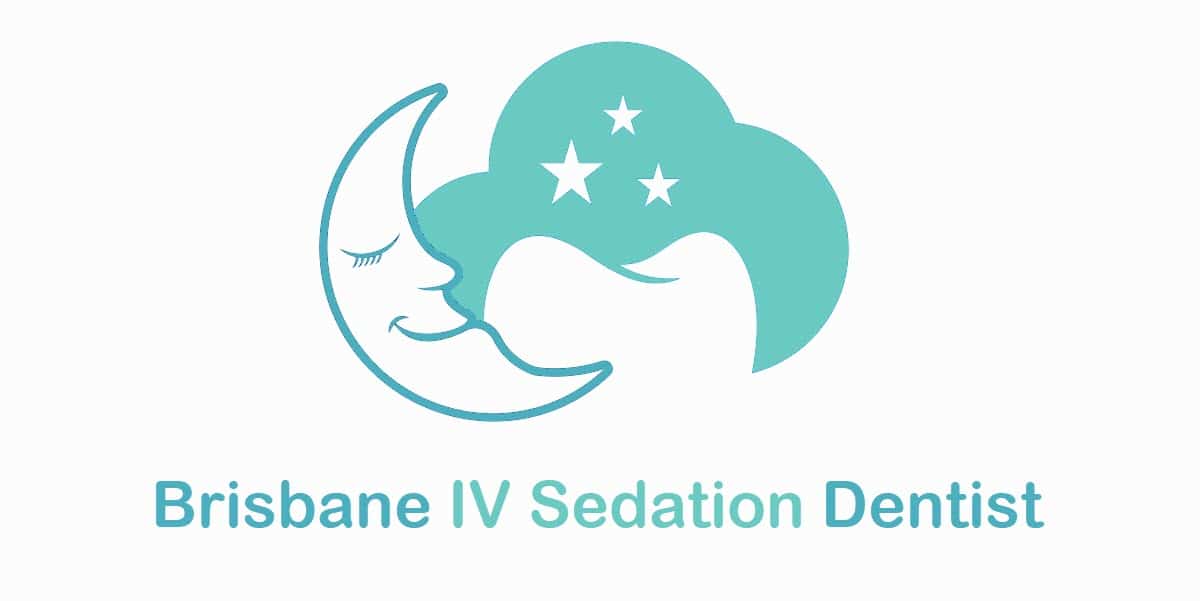Sleep Dentistry vs. IV Sedation
The Problem: Dental Anxiety & Its Impact on Oral Health
Dreading the dentist? You’re not alone. But here’s the catch: avoiding the dentist’s chair can spell trouble for our teeth and gums.
Neglect can lead to bigger issues like cavities, infections, or even tooth loss. So, what if there was a way to tackle this fear and keep our smiles shining? Good news! There’s a solution that bridges the gap between dental anxiety and oral health: sedation dentistry. According to Brisbane IV Sedation and Sleep Dentistry Clinic, dental sedation helps patients cope with dental treatments, ensuring everyone can enjoy a healthy, happy smile without stress.
Which is better, oral sedation or IV sedation?
Oral sedation and IV sedation are both methods to help alleviate anxiety and provide comfort to patients during dental procedures. Here’s a comparison of their advantages and disadvantages:
Oral Sedation:
Advantages:
- Ease of Administration: Patients simply take a pill.
- No Needles: Suitable for those with a fear of injections.
- Amnesic Effect: Patients often remember little to nothing of the procedure.
Disadvantages:
- Less Predictable: The onset, peak, and duration vary greatly among individuals.
- Delayed Onset: It takes time for the drug to be absorbed and become effective.
- Less Control Over Dosage: Once taken, the dose cannot be adjusted during the procedure.
- Requires Advance Planning: Patients need to take the medication before arriving at the dental office.
IV Sedation:
Advantages:
- Immediate Onset: The effects are almost instantaneous.
- Dose Control: The dentist/anesthesiologist can adjust the dosage in real time, tailoring the sedation level to the patient’s needs.
- Shorter Recovery Time: Metabolized quicker than oral medication, so patients may feel “back to normal” sooner.
- Safety: In emergencies, medications to reverse sedation can be administered via IV.
Disadvantages:
- Needles Involved: An IV line is required, which might be stressful for some patients.
- Higher Skill Requirement: Requires trained personnel to administer and monitor.
- Potential for Over-sedation: Though rare, there’s a risk if not monitored properly.
In deciding between oral and IV sedation, the nature of the dental procedure, the patient’s health, anxiety levels, and the practitioner’s experience and preference will all come into play. Always consult a dental professional to determine the best sedation method for an individual’s needs.
Is general anaesthesia or IV sedation better?
The decision between general anesthesia and IV sedation for dental procedures largely depends on the type of procedure, the patient’s medical history, their anxiety levels, and the resources available. Here’s a general guideline:
- Simple Procedures (e.g., fillings, basic extractions):
- IV Sedation: It provides a deep state of relaxation while the patient remains conscious. Since these procedures are relatively quick and don’t require complete muscle relaxation, IV sedation is typically sufficient to manage anxiety and discomfort.
- Moderate Procedures (e.g., wisdom tooth extractions, root canals):
- IV Sedation: It’s often preferred due to the ability to keep a patient relaxed yet responsive. IV sedation can be titrated, meaning the level of sedation can be adjusted as needed throughout the procedure.
- Complex or Lengthy Surgical Procedures (e.g., jaw surgery, multiple extractions or implants):
- General Anesthesia: The patient is fully unconscious, ensuring they won’t feel or remember anything about the surgery. It also provides complete muscle relaxation and prevents involuntary movement, which is essential for delicate surgical procedures.
- Patients with Special Needs or Severe Anxiety:
- General Anesthesia or IV Sedation: The choice might be influenced by the patient’s level of cooperation, the specific procedure, and their overall health. Due to profound anxiety or specific conditions, some patients may benefit more from general anesthesia even for less invasive procedures.
Reasons for choosing IV Sedation:
- Patients remain semi-conscious and can respond to verbal commands.
- Quick recovery compared to general anesthesia.
- Less risk than general anesthesia.
- Titration allows for adjusting the level of sedation.
Reasons for choosing General Anesthesia:
- Suitable for long, complex procedures.
- Ensures complete unconsciousness and pain control.
- Ideal for patients who might not tolerate the procedure under sedation.
- Provides muscle relaxation and prevents involuntary movement.
Ultimately, the choice between general anesthesia and IV sedation should be made collaboratively between the dentist or oral surgeon, the anesthesiologist, and the patient after considering all factors.
Does dental IV sedation put you to sleep?
IV sedation in dentistry is often referred to as “conscious sedation” or “twilight sedation.” While it might feel like sleep to the patient due to the deep state of relaxation and the amnesic effects of the drugs used, patients are not as fully asleep as they would be with general anesthesia. Here’s a breakdown:
- Level of Consciousness: Under IV sedation, patients remain in a semi-conscious state. They can respond to verbal commands and sometimes light physical prompts. However, many patients drift in and out of a light sleep-like state and often have little to no memory of the procedure afterwards.
- Breathing: One of the crucial distinctions is that under IV sedation, patients maintain their own breathing and protective reflexes. This is in contrast to general anesthesia, where the patient might require assistance maintaining an open airway, such as intubation.
- Amnesia: Drugs used in IV sedation often induce a strong amnesic effect. As a result, even if a patient was technically awake and responsive during their procedure, they might not remember it, making it feel as if they were asleep.
- Perception of Pain: While IV sedation provides profound anxiety relief and some degree of pain relief, local anesthetics are still typically used to ensure the procedure site is numb.
So, while IV sedation can create the sensation of having slept through a procedure due to the deep relaxation and amnesic effects, it does not induce the same deep unconscious state as general anesthesia.
Can dentists give general anaesthetics?
In Australia, including Brisbane, general dentists are not qualified to administer general anaesthetics on their own. Instead, general anaesthetics are administered by a qualified medical anaesthetist or specialist anaesthetist.
However, some dentists and oral surgeons in Brisbane might have the qualifications to administer IV sedation (conscious sedation) after undergoing specific additional training. When this is the case, there are still stringent guidelines, equipment, and monitoring requirements in place to ensure patient safety.
Procedures requiring general anaesthesia, are often carried out in a hospital setting or a specialised surgical facility with an anaesthetist to oversee the administration and monitoring of the general anaesthetic.
If you or someone you know is considering a dental procedure involving sedation or general anaesthesia, it’s crucial to ensure that the professionals involved have the appropriate qualifications and that the facility is equipped to handle such procedures safely. Always feel free to ask the dentist or oral surgeon about their qualifications and the qualifications of those who will be administering and monitoring the sedation or anaesthesia.
How does dental treatment under general anesthesia work?
Dental treatment under general anesthesia allows dental procedures to be done while the patient is completely unconscious. It’s a complex process that requires close collaboration between the dental surgeon and an anesthetist or anesthesiologist. Here’s a general overview of how it works:
- Preoperative Assessment:
- Before the procedure, the patient undergoes a thorough medical evaluation. This includes understanding the patient’s medical history, current medications, allergies, and other relevant health concerns.
- Patients are often instructed to fast (no food or drink) for several hours before the procedure to reduce the risk of aspiration.
- Preparation on the Day of the Procedure:
- An IV line is usually set up to administer the anesthesia and other medications.
- Monitoring devices (like ECG, blood pressure cuff, and pulse oximeter) are attached to the patient to monitor vital signs throughout the procedure closely.
- Induction of Anesthesia:
- The anesthetist or anesthesiologist administers the general anesthesia medications through the IV line, which makes the patient fall into a deep, controlled sleep.
- Sometimes, a breathing tube (endotracheal tube) is inserted into the patient’s trachea to maintain the airway and provide oxygen and anesthesia gases.
- Dental Procedure:
- Once the patient is fully unconscious, the dental team begins the procedure. The patient won’t feel or remember anything from this period.
- The anaesthetist or anesthesiologist continuously monitors the patient’s vitals and adjusts the anesthesia levels as needed.
- Recovery:
- After the procedure, the anesthesia medications are reduced or stopped, allowing the patient to wake up gradually.
- The patient is then moved to a recovery room, where they continue to be monitored as the effects of the anesthesia wear off.
- Once stable, the patient is either discharged with a responsible adult or moved to an appropriate care setting, depending on the nature and duration of the procedure.
- Postoperative Care:
- After general anesthesia, patients can experience grogginess, nausea, or other side effects. They are usually advised not to drive, operate machinery, or make significant decisions for 24 hours or until the effects fully disappear.
- Instructions regarding diet, activity level, and pain management are provided.
Dental treatment under general anesthesia is typically reserved for:
- Extensive surgical procedures.
- Patients with severe anxiety or phobia that cannot be managed with other forms of sedation.
- Patients with special needs or certain medical conditions that make treatment under local anesthesia or sedation challenging or unsafe.
Safety is paramount, so the procedure must be conducted in a facility equipped for general anesthesia with trained personnel.
If I undergo sedation dentistry, will local anesthesia also be administered?
Yes, in most cases of sedation dentistry, local anesthesia is also administered. Here’s why:
- Purpose of Sedation: According to Brisbane Paediatric Dentist, the primary purpose of sedation, whether oral sedation, nitrous oxide (laughing gas), or IV sedation, is to alleviate anxiety, help with patient cooperation, and ensure the patient is relaxed and comfortable throughout the procedure.
- Purpose of Local Anesthesia: According to Perth Dentist, local anesthesia is used to numb the mouth area where the dental procedure will be performed, ensuring the patient doesn’t feel pain or discomfort during the treatment.
So, while sedation helps keep the patient calm and relaxed, it doesn’t necessarily block the pain signals at the site of the dental work. That’s where local anesthesia comes into play.
Process in Sedation Dentistry:
- Administration of Sedation: The patient is first given the sedative to help them relax. The type and depth of sedation will depend on the patient’s needs, the procedure, and the kids’ dentist or general dentist’s recommendation.
- Administration of Local Anesthesia: Once the patient is relaxed (or sedated, depending on the level), the dentist will administer local anesthesia to numb the area where the procedure will occur. Since the patient is already relaxed or sedated, they typically handle the injection of local anesthesia much better.
- Dental Procedure: With the patient both sedated and the treatment site numbed, the dentist can then proceed with the dental work, ensuring both the patient’s comfort and the effectiveness of the treatment.
Remember, the combination of sedation and local anesthesia aims to provide a pain-free and anxiety-free dental experience. Always discuss concerns or questions with your dentist or oral surgeon to understand the process and what to expect.

The Solutions: Sedation Dentistry
Walking into a dental office can be nerve-wracking. That hum of the drill, the anticipation of a dental procedure, is enough to make anyone nervous. But modern dentistry has a game-changer up its sleeve: sedation dentistry. This approach can address dental anxiety, turning what was once a nerve-wracking appointment into a relaxed experience.
With sedation, the dentist can ensure the treatment is comfortable, especially a lengthy or complex one. Who stands to benefit the most? Sedation dentistry is especially beneficial for people who are very anxious about dental procedures and those who have long or complex treatments planned.

Understanding Sedation Methods
Dental visits can be a breeze with the right sedation method. Here’s a quick rundown:
Nitrous Oxide
Nitrous oxide, or happy gas, is a light sedative that helps patients feel relaxed in the dental chair. It is a conscious sedation method, so patients will still be awake, but the world might seem a little dreamier. Once the dentist turns off the gas, its effects wear off quickly, making it easy for you to carry on with your day.
Oral Conscious Sedation
This method uses sedative medications in pill form. After taking the medication, patients often feel sleepy but are still awake. It’s called conscious sedation because you’re relaxed and stress-free but still responsive. According to Brisbane Paediatric Dentist, anaesthetists may provide children with oral sedation before general anaesthesia to make the process smoother and more comfortable for them.
IV Sedation Dentistry
The dentist can directly administer sedative drugs through an IV line with this method, allowing for a deeper relaxation state. Often referred to as twilight dentistry, this doesn’t make you fall asleep but puts you in a deeply relaxed, almost dreamy zone. IV sedation dentistry is a favourite for most dental procedures that might be lengthy or uncomfortable. During the procedure with IV sedation, the dental professional closely watches over the patient’s vital signs.
Sleep Dentistry
Under general anaesthesia, patients genuinely fall asleep during their dental surgery or treatment. It’s more suitable for more invasive or extended surgical procedures. Your dental professional will monitor your vital signs, like blood pressure and oxygen levels, to ensure your body responds well. After the procedure, you might find yourself in a recovery room as the effects of the anaesthesia wear off. It ensures safety and comfort post-appointment.
Remember, sedation isn’t just about comfort. It’s also about safety. During any dental treatment, patients must be relaxed, as it allows the dentist to work more efficiently and safely. Always discuss the best options for your needs during your dental appointments.

Preparing for a Dental Procedure with Sedation Dentistry
Before your appointment, there are some guidelines to ensure your sedation dentistry experience is smooth. It’s essential to avoid eating for several hours before the procedure. This precaution is taken because some sedation options can cause nausea in an unsettled stomach.
Always communicate with your dentists about current medications and any underlying medical conditions. Your health history and medical history play a crucial role in how the dentist administers sedation and if any adjustments to the treatment are needed.
On the day of the procedure, it’s best to avoid wearing any jewellery, nail polish or contact lenses. Depending on the nature of your dental work, especially in cases such as wisdom teeth removal, a local anaesthetic might be administered in addition to the sedation to ensure no discomfort is felt during the treatment.

Post-Procedure Considerations
After undergoing a dental treatment or surgical procedure involving sedation, many patients wonder: Can I drive home after IV sedation? The answer is usually no. Due to the lingering effects of the medication, it’s recommended for the patient to have a family member or friend drive them home.
The sedative’s influence, although typically lasts for a short period, can impair judgment and reflexes, making driving unsafe. It’s not uncommon to experience some pain or discomfort after the procedure, depending on the nature of the treatment.
Your sedation dentist will guide pain management and, in some cases, might prescribe additional medication to alleviate discomfort. Following the given post-operative instructions closely is crucial to ensure a smooth recovery.

General Anaesthetic Dentist for Anxious Patients in Brisbane
Are you among the many who feel their heartbeat skyrocket at the mere thought of a dental chair? You’re not alone. Dental anxiety is real, but we’re combatting it head-on at Pure Dentistry Brisbane Dentists, ensuring your dental health doesn’t take a backseat due to fear.
Welcome to a realm where dental treatments are painless, relaxed, and almost dream-like. Whether it’s the allure of sleep dentistry, the calming embrace of IV sedation, or the gentle uplift of happy gas, we have tailored solutions to make every visit to our clinic a serene experience.
Schedule your appointment today by calling us on 07 3343 4869; you can also book online.




































